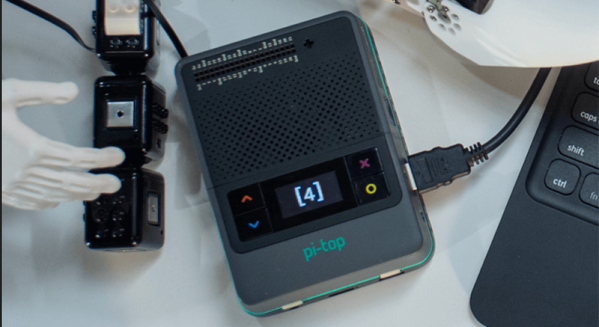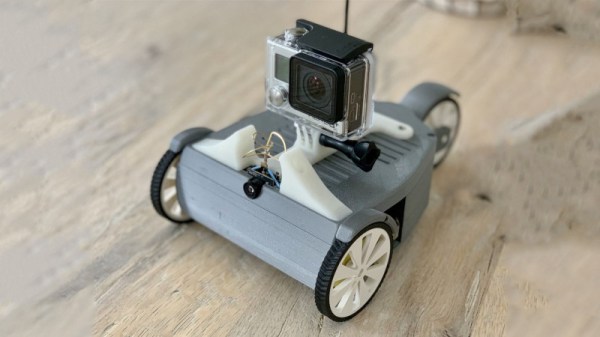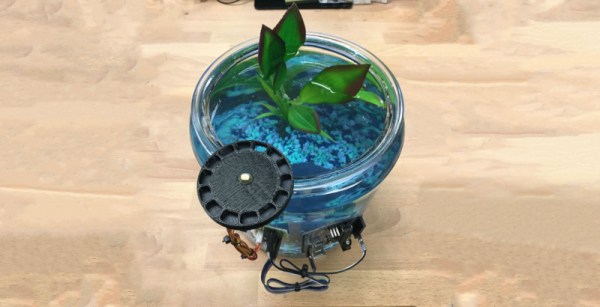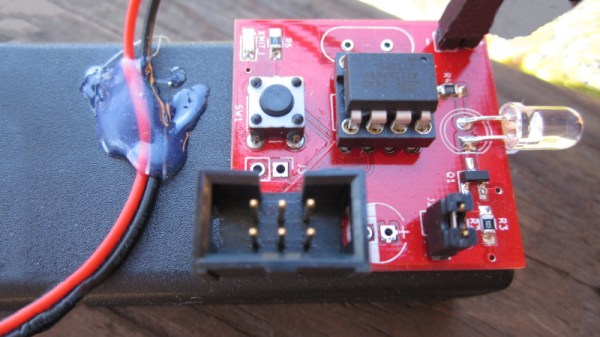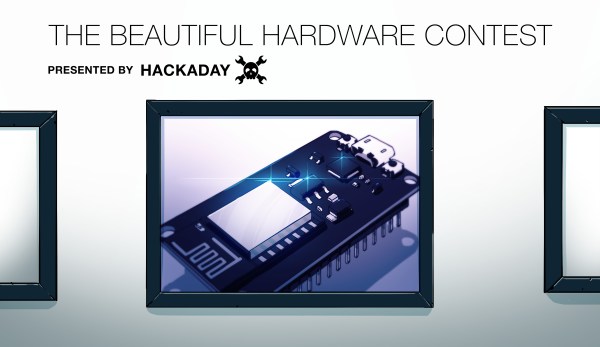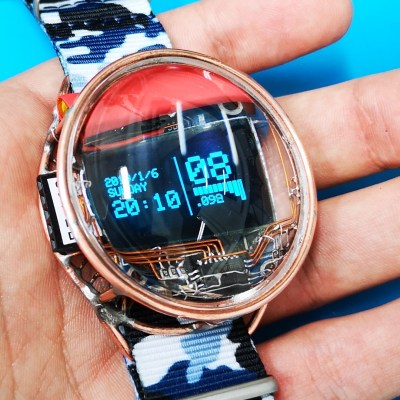The Raspberry Pi the closest thing to a modular laptop. That’s the idea behind the Pi-Top, a laptop with a Raspberry Pi as a brain. Need an upgrade? No problem, just get the latest Pi, they’re up to four now.
Now the people behind the Pi-Top are releasing what can best be described as a brick of computing. The Pi-Top 4 is a designed as ‘The Sony Walkman for Making’, in which the form factor becomes a building block of anything you can imagine and probably a lot of things you can’t. Inside is a Raspberry Pi 4, a small OLED display, and a few buttons. On the bottom is a detachable ‘foundation plate’ that allows the Pi-Top 4 to connect to sensors, LEDs, and switches. The idea of all this building is that the brick-shaped Pi-Top 4 becomes a building block in anything you can imagine, be that a drone, a humanoid robot, or a portable photo booth. All of this is powered by the Raspberry Pi 4, no slouch when it comes to computational power.
The Pi-Top 4 doesn’t have a release date or a price just yet, but the company says it will be offered on Kickstarter.
Continue reading “PiTop, Makers Of Raspberry Pi Laptops, Release Something That’s Not A Laptop”

